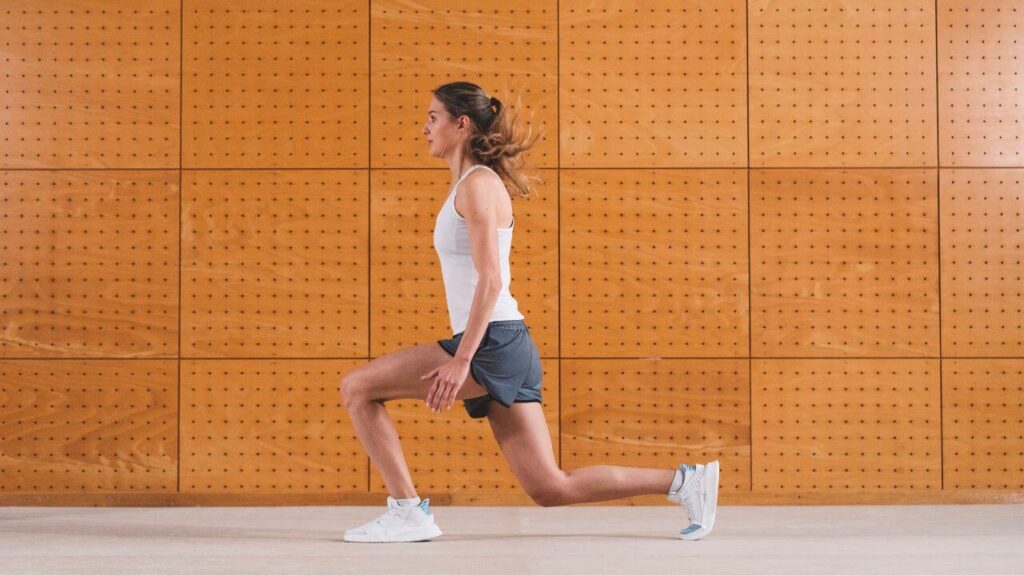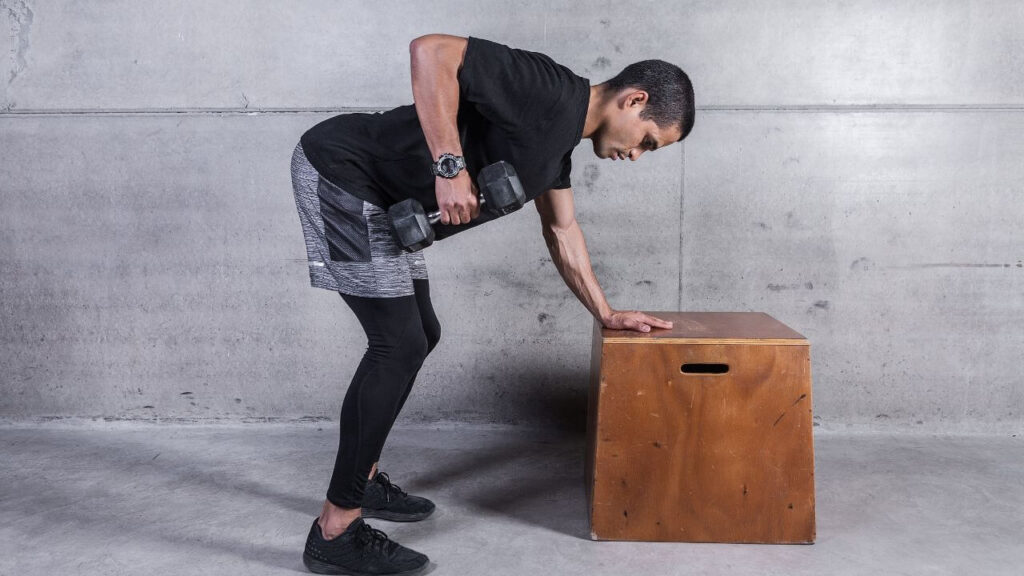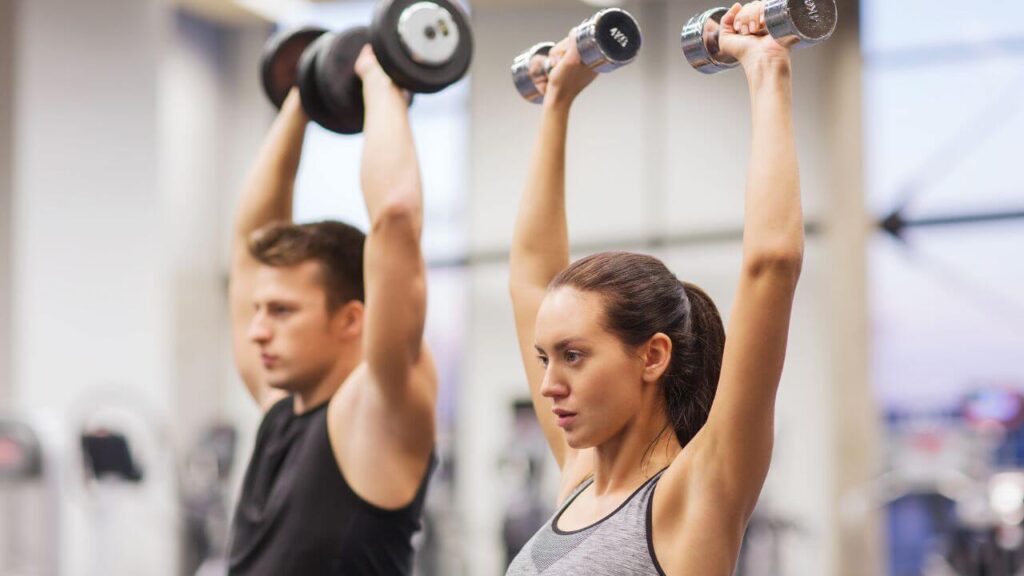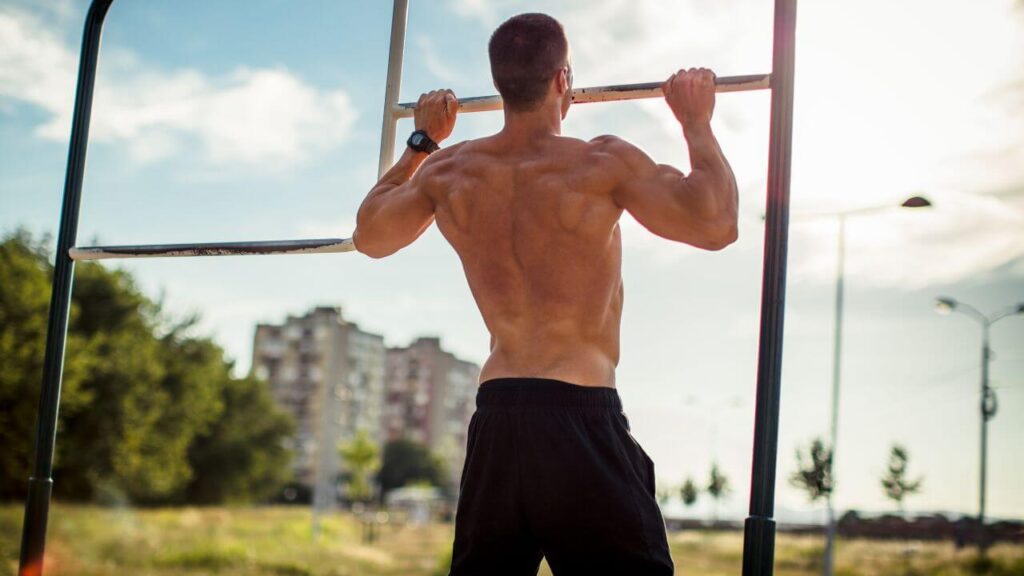Training functionally with a full range of motion and basing your training philosophy on movement patterns has never been more important.
Table of Contents
ToggleModern lifestyle forces us to build muscle and posture imbalances, and we must find a way to fight that properly.
Below you will find a beginner functional training workout and some functional training exercises you can incorporate into your workouts.
Start Building Your Dream Body Today
Ready to elevate your fitness game without falling into the trap of dull, repetitive routines that just don’t deliver? Imagine sculpting your ideal physique and boosting your health, all while still enjoying life’s pleasures, like those irresistible weekend getaways and your aunt’s legendary cheesecake. With our online fitness and nutrition coaching service, you don’t have to compromise. Dive into a personalized fitness journey that blends perfectly with your lifestyle, not against it. Book your completely free discovery consultation today, and take the first step towards a transformation that doesn’t require giving up the joys of life.

“I was skeptical about online fitness coaching, but Functional Body Savage completely changed my perspective. Vanja and Radomir’s personalized approach and attention to detail have helped me achieve goals I never thought possible. I’m stronger, more confident, and grateful for their guidance.”
Emily Thompson, San Francisco, CA
Learn More About Our Online Coaching ServiceQuick Summary
- Aim to design your workouts based on primal movement patterns such as push, pull, hinge, squat, lunge, rotation, and gait.
- Start with two sessions a week and naturally add more as you continue to progress.
- Don’t blindly follow exercise sheets; mix things up occasionally.
Beginner Functional Training Workout
So, how to start functional training?
To start functional training, you must begin to base your workouts more on movement patterns and less on individual muscles or muscle groups.
Movement patterns include push, pull, squat, lunge, hinge, rotation and gait.
Below you can find a beginner functional workout based on the previously mentioned movement patterns.
1. Bodyweight Push-Up

Push-up is a basic calisthenics exercise that falls under the horizontal push movement pattern category. Push-ups work the triceps, pectoral muscles, and anterior deltoids. The sole purpose of this exercise is to increase upper-body strength.
How to Perform Bodyweight Push-up
To perform a bodyweight push-up:
- Place your arms a little wider and below your shoulders. As a beginner, the angle between your elbow and body should be around 45 degrees.
- Slowly go down(eccentric phase) and aim to touch the ground with your chest.
- Push through the palm of your hands and lift yourself up.
2. Walking Lunges

Walking lunges are a lower body exercise that falls under the category of lunge movement pattern. When lunging, you use your hamstrings, gluteus maximus, quadriceps, and calves(lat. triceps surae – gastrocnemius/soleus).
How to Perform Walking Lunges
To perform walking lunges:
- Stand with your feet hip-width apart
- Take a step forward
- Slowly bend your knees until your back knee gets close to the floor
- Stand back up and repeat with another leg
3. Death Bug

The dead bug is a core exercise that combines flexion and extension in the hips and shoulders. The purpose of this exercise is to teach you how to activate your abdominal muscles and stabilize your core. Dead bug activates muscles like the pelvic floor, transverse abdominis, rectus abdominis, and internal and external obliques.
How to Perform Dead Bug
To perform dead bug exercise:
- Lie on your back, arms pointed towards the ceiling, and knees bent 90 degrees and placed right above your hips.
- Extend your left leg and flex your right arm
- Come back to the starting position and repeat with another arm and leg.
4. One Arm Dumbbell Row

One arm dumbbell row is an upper-body exercise and falls under the horizontal pull pattern. When performing this exercise, you work muscles such as lats, traps, rhomboids, biceps, posterior deltoid, etc.
How to Perform One Arm Dumbbell Row
To perform one arm dumbbell row:
- In a standing position, hold a dumbbell in one of your hands, bend over and place another hand on the bench, box, or anything that can support your body weight.
- Pull the dumbbell upwards while bending your elbow and pulling your upper arm backward.
- Slowly put down the dumbbell to the starting position and repeat.
5. Bodyweight SL Deadlift

Bodyweight single-leg deadlift is a lower body exercise that falls under the hip hinge movement pattern category. Muscles involved in this exercise are the glutes, back, hamstrings, and calves.
How to Perform Bodyweight Single Leg Deadlift
To perform a bodyweight single-leg deadlift:
- Slightly bend your plant leg and hinge forward from the hip
- Hinge until 90 degrees if possible
- Come back to the starting position and repeat
6. Side Plank

Side plank is a core exercise that falls under the category of anti-lateral flexion. The muscles that work while performing a side plank are obliques.
How to Perform Side Plank
To perform a side plank:
- Lie on your side with your knees bent and then prop your body up on your elbow
- Raise your hips off the floor while extending your knees
7. Standing Dumbbell Overhead Press

A dumbbell overhead press(shoulder press) is an upper-body exercise that emulates a vertical push movement pattern. It activates muscles such as the triceps, deltoid muscles, glutes, and abdominal and lower-back muscles.
How to Perform a Standing Dumbbell Overhead Press
To perform dumbbell overhead press:
- Get into a standing position with your feet shoulder-width apart and hold your dumbbells at shoulder height
- Lift the dumbbells overhead and then lower them slowly
8. Negative Pull-up

The negative pull-up is an upper-body exercise that falls under the vertical pull movement pattern. Pull-ups use your biceps, lats, deltoids, rhomboids, core, and pectoral muscles.
How to Perform a Negative Pull-up
To perform a negative pull-up:
- Start with your chin above the bar
- Slowly lower your body into a hanging position
Do these eight exercises for two sets, with as little as eight repetitions each. The side plank should be held for 25 seconds. Try to rest as little as possible, meaning start the second set when you feel physically and mentally ready. The rest between sets shouldn’t be more than 2 minutes for this beginner workout.
“The more I learned about the body and what would become the concept of functional training, the more machines I disposed of. It was a great purging process as the leg extension, leg curl and leg press were given away.” – Michael Boyle, Strength and Conditioning and Strength Training Consultant
Functional Exercises for Beginners
Deciding which exercise is functional or not is challenging.
Even though compound exercises are more functional than isolation exercises because they involve more joints and are closer to real-life scenarios, it doesn’t mean we should only do them.
Think in terms of balance.
You should also perform your regular biceps curls and triceps extension, but they should take up less space in your functional program.
Here is a list of some other functional exercises beginners might consider:
- Medicine ball slams
- Single-leg hip thrust
- Bear crawl
- Rainbow plank
- Step-ups
- Resistance band row
- Reverse nordic curl
- Battle ropes
Tip: Always mix it up. Try to identify which exercise belongs to which pattern, and then design the program accordingly. The aim is to balance out push-pull, squat-hinge, and core-wise to balance movement (flexion, rotation) and fixation(anti-flexion and anti-rotation).
FAQs
Is Functional Training Good for Beginners?
Yes, functional training is good for beginners. Functional training builds a more balanced body, reduces the chance of getting injured, and builds strength throughout a full range of motion.
How Many Times a Week Should I Do Functional Training?
You should do functional training at least 2-3 times a week. For beginners, two times is a perfect place to start, whereas more advanced trainees can have as many as five training sessions per week.
What Are the 7 Functional Movements?
Seven functional movements include push, pull, squat, lunge, hinge, rotation and gait. Functional movements are the same thing as human movements and primal movement patterns.
How to Start Functional Training as a Beginner?
Functional training isn’t just working out based on movement patterns and daily human activities.
Yes, those two are the most significant factors when designing a more functional fitness program, but going beyond that is necessary to discover what human beings are capable of.
If you are a beginner, always try to start with the bodyweight version of an exercise and then naturally progress by adding resistance. This rule doesn’t apply to all exercises but counts for the majority of them.
Let me know in the comments below what is your favorite functional exercise and why.
Start Building Your Dream Body Today
Ready to elevate your fitness game without falling into the trap of dull, repetitive routines that just don’t deliver? Imagine sculpting your ideal physique and boosting your health, all while still enjoying life’s pleasures, like those irresistible weekend getaways and your aunt’s legendary cheesecake. With our online fitness and nutrition coaching service, you don’t have to compromise. Dive into a personalized fitness journey that blends perfectly with your lifestyle, not against it. Book your completely free discovery consultation today, and take the first step towards a transformation that doesn’t require giving up the joys of life.

“I was skeptical about online fitness coaching, but Functional Body Savage completely changed my perspective. Vanja and Radomir’s personalized approach and attention to detail have helped me achieve goals I never thought possible. I’m stronger, more confident, and grateful for their guidance.”
Emily Thompson, San Francisco, CA
Learn More About Our Online Coaching Service





